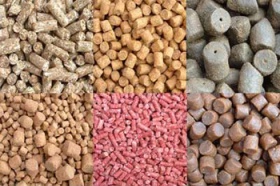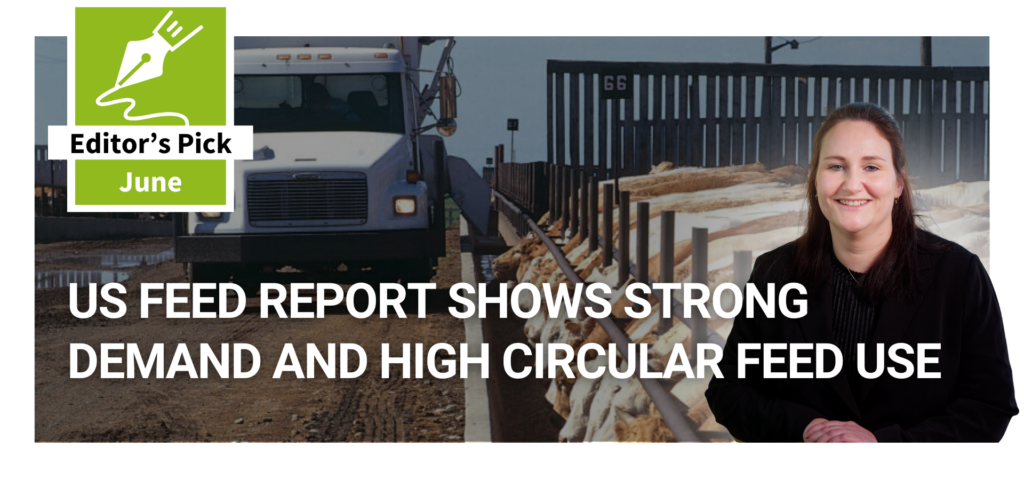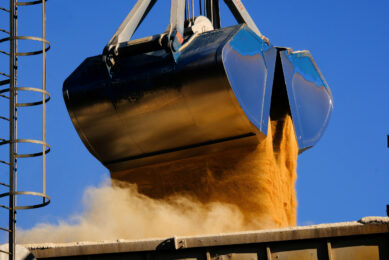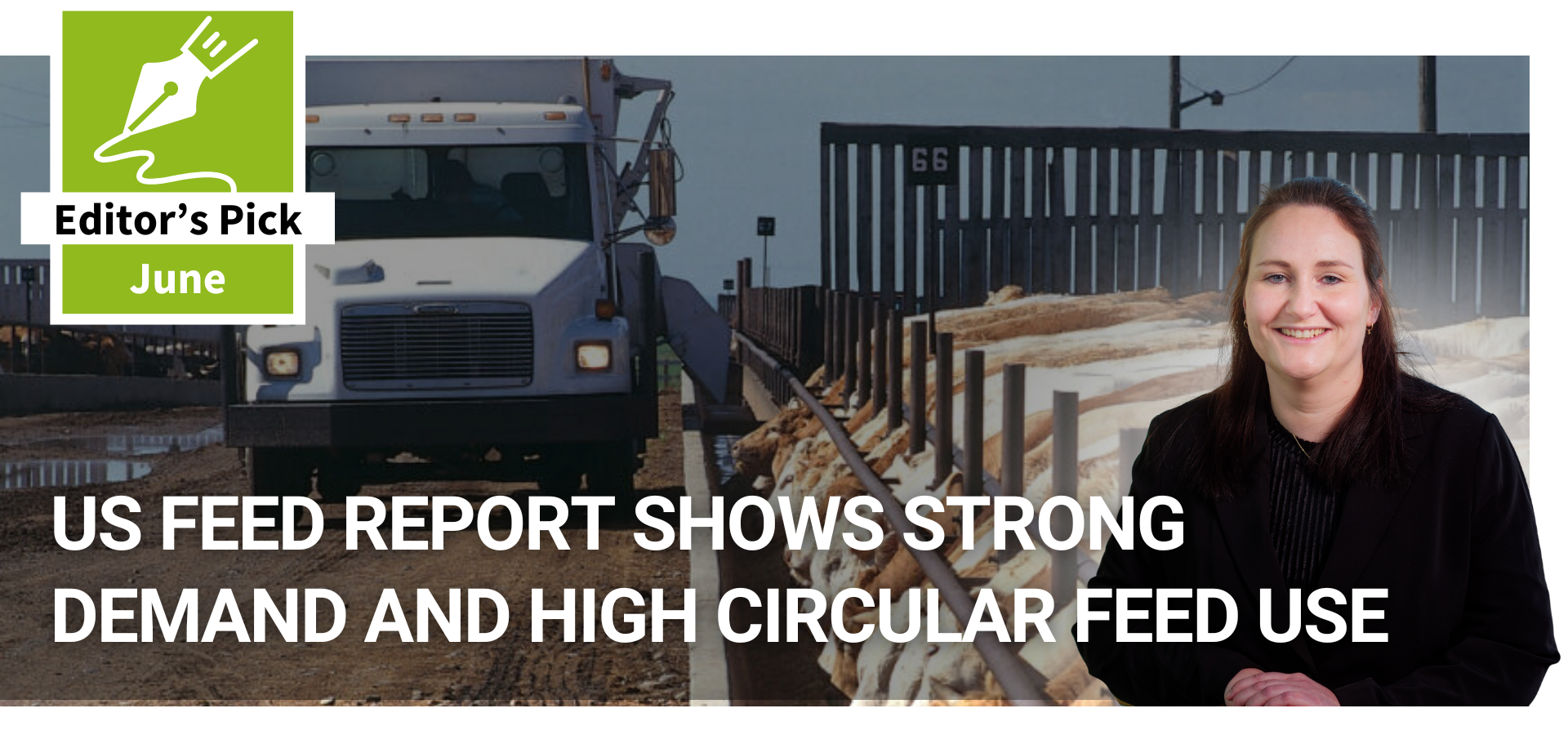EU Commission adopts new feed regulation

The EU Council of Agriculture Ministers adopted a regulation replacing the current legislation on marketing and the use of feed. Farmers and pet owners will soon get better information on the feed they buy, a step that will further strengthen food safety.
The new legislation, based on a Commission proposal from 2008, considerably simplifies the existing procedures and it will help promote innovation and competitiveness in the European feed sector.
It is also expected to lead to a more integrated single market for feed by reducing the administrative burden for feed operators.
The regulation was endorsed by the European Parliament on February 5 and is expected to enter into force later this year.
Androulla Vassiliou, EU Health Commissioner said: "I welcome the Council’s decision today and that of the European Parliament in February. While maintaining our high standards of protection of animal health, welfare, food and feed safety, this new legislation represents a major step forward for the simplification and modernisation of procedures for labelling and marketing animal feed and pet food. At the same time it will help boost the competitiveness of the EU livestock sector."
European feed manufacturers satisfied
Fefac President, Pedro Corrêa de Barros, congratulated all European Institutions which have, in a record of time, proposed, negotiated and adopted a new EU legislative framework on the marketing and use of feed “striking the right balance between the protection of the industry know-how and the need for meaningful product information to be delivered to livestock customers”.
He noted that it was “extremely important that the EU supports the innovation capacity of the EU agro-food industry through a tailor-made Policy protecting Intellectual Property Rights which will stimulate research and development in the feed industry at a time when the EU feed and livestock sectors are facing great challenges”.
“Progress in animal nutrition science and its application in feed formulation is the key to meet the consumer’s demand for safe, secure and sustainable foodstuffs of animal origin. The new legal framework will allow European feed manufacturers to strengthen their global leadership position in applied animal nutrition”.
Catering to modern needs
The new regulation caters for modern marketing conditions and addresses the different information needs of the specific types of feed purchasers, such as qualified farmers and ordinary pet owners.
It also provides for the modern tools of commerce, such as the internet. Furthermore, it establishes a new co-regulation approach which delegates competences in non-safety relevant areas to feed operators, subject to approval by the Commission.
By considerably simplifying existing legislation, it reduces administrative burden for all stakeholders.
The main provisions
The text contains modernised provisions on the following main issues:
- Responsibility of the feed business operators is expanded also to those dealing with pet food, an area in which the recent melamine incidents revealed a gap;
- List with prohibited substances for feed use;
- Obligation to undergo a pre-market authorisation procedure for "bio-proteins" (feed materials manufactured by certain procedures) is abolished. Now "bio-proteins" have to comply with the general provisions for feed materials;
- Mandatory labelling particulars for feed materials and mixed feed. In particular, the regulation provides for specific mandatory labelling requirements for feed materials, compound feed (including pet food) and "dietetic" feed. Any claim attached to a feed must be properly substantiated;
- Solution to the controversial issue of the declaration of feed materials in compound feed (so called "open declaration") in a balanced way to allow innovation and, at the same time, appropriate information for the customers.
- Creation of a guide to good labelling for farm animal feed and one for pet food on the initiative of the stakeholders (feed manufacturers and users) and approved by the Commission (Co-regulation).
The development of EU codes of good labelling practice improves customer information in the field of voluntary labelling provisions, for example on how much chicken a pet food contains if it is labelled "with chicken", or on how feed additives are labelled.
List of safe ingredients
Establishment of a Community Catalogue of feed materials in co-regulation. The regulation transfers the initiative for updating the EU’s list of feed materials, specifying the most relevant compounds used in feed, from the legislator to feed operators.
Market transparency will be improved, because the list of feed materials will better reflect current formulations and more quickly incorporate innovations such as co-products from bio-fuel production.
The Commission welcomes the work done by the European Parliament and the Council as all the key objectives of the initial proposal have been maintained in the text resulting from the co-decision process.
The new legislation will now be signed by the Presidents of the European Parliament and the Council and will then enter into force later this year.
More information can be found on the EU website











